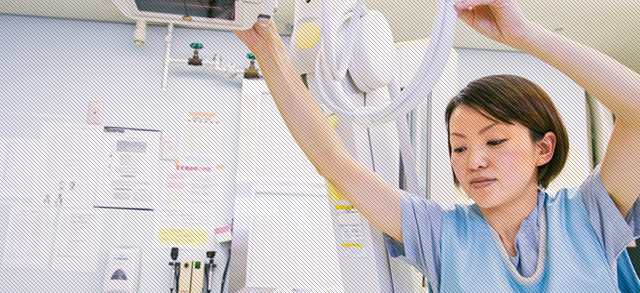Graduate School of Medicine
Staff Information

Motoo Kitagawa
MD, PhD
Affiliation Campus:Narita
Specialized Field
Biochemistry, Molecular Biology
Message to Applicants
I wish to organize a laboratory that carries out both in vitro structural/functional analyses of proteins and their biological analyses with genetically modified mice. I also wish to promote collaborations with both domestic and foreign researchers having different expertise. Notch signaling plays pivotal roles for both normal differentiation/developmental processes and various pathological processes including tumor development. I am looking for students, who wish to join the research.
Research Theme
Mechanisms of cellular signal transduction (especially Notch signaling)
References
Highly Cited Articles 2016-17 - The Journal of Biochemistry- Masuda, et al. Enhanced surface presentation and activation of Notch1 by transmembrane 2 domain containing 3, a mammalian homologue of Drosophila neurogenic gene product Almondex. Submitted.
- Toritsuka, et al. Regulation of striatal dopamine responsiveness by Notch/RBP-J signaling. Transl. Psychiatry 7, e1049,2017.
- Kitagawa M. Notch signaling in the nucleus: roles of Mastermind-like transcriptional coactivators. J. Biochem. 159, 287-294, 2016.
- Muroyama, et al. Olfactory sensory neurons control dendritic complexity of mitral cells via Notch signaling. PLOS Genet. 12, e1006514, 2016.
- Watanabe, et al. MAML1 enhances the transcriptional activity of Runx2 and plays a role in bone development. PLOS Genet. 9, e1003132, 2013.
- Oyama, et al. Mastermind-like 1 (MamL1) and mastermind-like 3 (MamL3) are essential for Notch signaling in vivo. Development 138, 5235-5246, 2011.
- Köchert, et al. High-level expression of Mastermind-like 2 contributes to aberrant activation of the NOTCH signaling pathway in human lymphomas. Oncogene 30, 1831-1840, 2011.
- Sasaki, et al. The repression of Notch signaling occurs via the destabilization of mastermind-like 1 by Mesp2 and is essential for somitogenesis. Development 138, 55-64, 2011.
- Ishitani, et al. Nemo-like kinase suppresses Notch signalling by interfering with formation of the Notch active transcriptional complex. Nature Cell Biol. 12, 278-285, 2010.
- Fukami, et al. Mastermind-like domain containing 1 (MAMLD1 or CXorf6) transactivates the Hes3 promoter, augments testosterone production, and contains the SF1 target sequence. J. Biol. Chem. 283, 5525-5532, 2008.
- Oyama, et al. Mastermind-1 is required for Notch signal-dependent steps in lymphocyte development in vivo. Proc. Natl. Acad. Sci. U.S.A. 104, 9764-9769, 2007.
- Ishikawa, et al. Notch deficiency implicated in the pathogenesis of congenital disorder of glycosylation IIc. Proc. Natl. Acad. Sci. U.S.A. 102, 18532-18537, 2005.
- Sasamura, et al. Neurotic, a novel maternal neurogenic gene, encodes an O-fucosyltransferase that is essential for Notch–Delta interactions. Development 130, 4785-4795, 2003.
- Lin, et al. Identification of new human mastermind proteins defines a family that consists of positive regulators for Notch signaling. J. Biol. Chem. 277, 50612-50620, 2002.
- Kitagawa, et al. A human protein with sequence similarity to Drosophila Mastermind coordinates the nuclear form of Notch and a CSL protein to build a transcriptional activator complex on target promoters. Mol. Cell. Biol. 21, 4337-4346, 2001.
